Effective Email Marketing Strategies for Online Businesses
In the realm of digital commerce, the power of social media as a catalyst for business growth cannot be overstated. With the majority of consumers’ shopping journeys beginning online, the visibility and engagement that social media platforms provide are invaluable. This comprehensive guide aims to equip e-commerce businesses with the strategies and insights needed to harness social media effectively, driving growth and enhancing customer engagement.
Building Your Email List: The Foundation of Success
The journey to effective email marketing begins with one fundamental step: building a robust email list. This is the cornerstone upon which all successful email marketing campaigns are built. Here are several proven strategies to expand your subscriber base:
- Leverage Social Media Platforms: Use your social media presence to encourage followers to subscribe to your email list. This can be done through engaging content that highlights the value of your emails.
- Host Webinars: Webinars offer valuable information and are an excellent way to gather email addresses, as attendees must register with their email.
- Offer Enticing Lead Magnets: Provide valuable resources, such as eBooks, whitepapers, or exclusive videos, in exchange for email subscriptions. This not only grows your list but also segments it based on interests.
Designing Emails That Convert
In the vast sea of emails, making yours stand out is critical. Email template design plays a pivotal role in engaging your audience. Here’s how to design emails that convert:
- Opt for Responsive Design: Ensure your emails look great on all devices. A majority of users check their email on mobile, so responsiveness is non-negotiable.
- Use Visually Appealing Templates: Choose or create templates that are not only eye-catching but also align with your brand identity. This consistency helps in building brand recognition.
- Incorporate Personal Touches: Customize emails with the recipient’s name and content tailored to their interests. Personalized emails significantly increase open and click-through rates.
Refining Your Strategy with A/B Testing
A/B testing, or split testing, is an invaluable tool for uncovering the most effective elements of your email campaigns. This involves sending two variants of your email to a small segment of your audience to see which performs better, and then using the winning version for the broader audience. Focus on these areas:
- Subject Lines: Test different subject lines to see which leads to higher open rates.
- Email Content: Experiment with various formats, messaging, and calls-to-action to determine what drives engagement.
- Send Times and Days: Find out when your audience is most likely to open and engage with your emails.
Understanding Email Performance Analytics
Tracking and analyzing the right metrics is essential to understanding and improving your email marketing strategy. Key metrics include:
- Open Rates: The percentage of recipients who open your email, which helps gauge the effectiveness of your subject lines.
- Click-Through Rates (CTR): The percentage of recipients who click on one or more links contained in the email, indicating the relevance and engagement of the content.
- Conversion Rates: The percentage of recipients who take the desired action after clicking on a link in the email, such as making a purchase or filling out a form.
Segmentation: The Path to Personalization
Segmentation is the process of dividing your email list into smaller, more specific groups based on certain criteria, such as purchase history, engagement level, or demographic information. Here’s how to utilize segmentation for personalization:
- Analyze Customer Behavior: Look at purchase history and engagement levels to create segments that reflect the interests and behaviors of your audience.
- Tailor Your Content: For each segment, create content that speaks directly to their interests and needs. Personalized emails are more likely to engage and convert.
- Monitor and Adjust: Continuously monitor the performance of your segmented campaigns and adjust your strategy as needed to ensure ongoing effectiveness.
By implementing these strategies, you can significantly improve the effectiveness of your email marketing campaigns, leading to higher engagement rates, more conversions, and a better return on investment.
Frequently asked questions for effective email marketing strategies for online businesses
What is the best way to grow my email list?
The best way to grow your email list is by offering value in exchange for subscriptions. This could be in the form of lead magnets like eBooks, exclusive discounts, or access to webinars. Ensure your signup forms are visible on your website and social media channels, and clearly communicate what subscribers will gain by joining your list.
How often should I send emails to my list?
Determining the ideal frequency for sending emails depends on several factors, including your industry and your audience’s preferences. For many businesses, starting with a weekly email is effective. This provides a consistent touchpoint with your subscribers without overwhelming their inboxes.
When sharing new content such as blog posts, it’s beneficial to send out an email to your list to keep them updated. However, it’s crucial to monitor engagement metrics, like open and click-through rates, to adjust your sending frequency. These metrics are indicative of how well your content is resonating with your audience and can inform the optimal cadence for your emails.
On the other hand, some marketing experts recommend a more frequent approach. Known as the daily Seinfeld email strategy, this involves sending emails every day that contain valuable insights relevant to the subscriber’s life and interests. These emails can also include information about new blog posts, upsells, or cross-promotional offers. The objective is to guide your subscribers through their journey, understanding precisely where they are, where they aim to go, and the challenges they may encounter along the way.
The key to success is maintaining a balance between informative content and promotional material, ensuring that each communication brings value. Ultimately, the right frequency is one that engages your audience without leading to subscription fatigue.
What should I include in my emails?
Your emails should provide value to your subscribers, whether it’s informative content, industry news, special offers, or insider tips. Keep your audience’s interests and needs in mind when creating content. Personalization and relevance are key to engaging your subscribers effectively.
How do I ensure my emails don’t end up in the spam folder?
To avoid the spam folder, ensure your email list consists of subscribers who have explicitly opted in to receive your emails. Use a reputable email service provider, avoid spam trigger words in your subject lines, and maintain a healthy sender reputation by regularly cleaning your list of inactive subscribers.
What are the most important metrics to track in email marketing?
The most critical metrics to track are open rates, click-through rates (CTR), conversion rates, and unsubscribe rates. These metrics provide insights into how well your content resonates with your audience and where there’s room for optimization.
How can I improve my email open rates?
Improving email open rates starts with crafting compelling subject lines that spark curiosity or offer value. Segmenting your list to send more targeted and relevant content can also significantly boost open rates. Regularly clean your list to remove inactive subscribers who can negatively impact your metrics.
Can A/B testing really make a difference in my email campaigns?
Absolutely. A/B testing allows you to compare different versions of your emails to see what works best, from subject lines to calls-to-action. This data-driven approach helps refine your strategy over time, leading to more effective campaigns and better engagement.
What is email segmentation, and why is it important?
Email segmentation is the process of dividing your email list into smaller groups based on specific criteria, such as behavior, demographics, or purchase history. It’s important because it allows you to tailor your messaging to fit the unique interests and needs of different segments, resulting in higher engagement and conversion rates.
How do I write an effective call-to-action (CTA) in my emails?
An effective CTA is clear, compelling, and conveys a sense of urgency. Use action-oriented language that tells readers exactly what you want them to do, and make it stand out visually with buttons or contrasting colors. Keep it simple and direct to maximize conversion rates.
How do I keep my email marketing strategy fresh and engaging?
To keep your strategy fresh, stay updated on the latest email marketing trends and technologies. Experiment with new types of content, such as interactive emails or video. Regularly seek feedback from your subscribers and be willing to adjust your approach based on their preferences and behaviors.
AI Business Assistant: Email Marketing and Analyst AI Wizard
For those looking to refine every aspect of their email marketing strategy, from building an engaging list to crafting emails that convert and understand analytics, the Email Marketing and Analyst AI Wizard is your go-to resource. This AI-powered tool simplifies email marketing by offering up to 27 types of email creations, advanced segmentation, and detailed analytics, ensuring your campaigns are both personalized and effective.
Discover how the Email Marketing and Analyst AI Wizard can transform your email marketing by visiting https://bponlineconsultingmanagement.com/product/email-marketing-and-analyst-ai-wizard/.
Call to Action
Boost your email marketing success now. Sign up for our newsletter to receive exclusive email strategy insights and templates, empowering you to take your campaigns to the next level.
Conclusion
Effective email marketing is both an art and a science. By focusing on segmentation, personalization, and automation, and utilizing the right tools and strategies, you can create email campaigns that captivate and convert. Embrace these practices to unlock the full potential of your online business.

